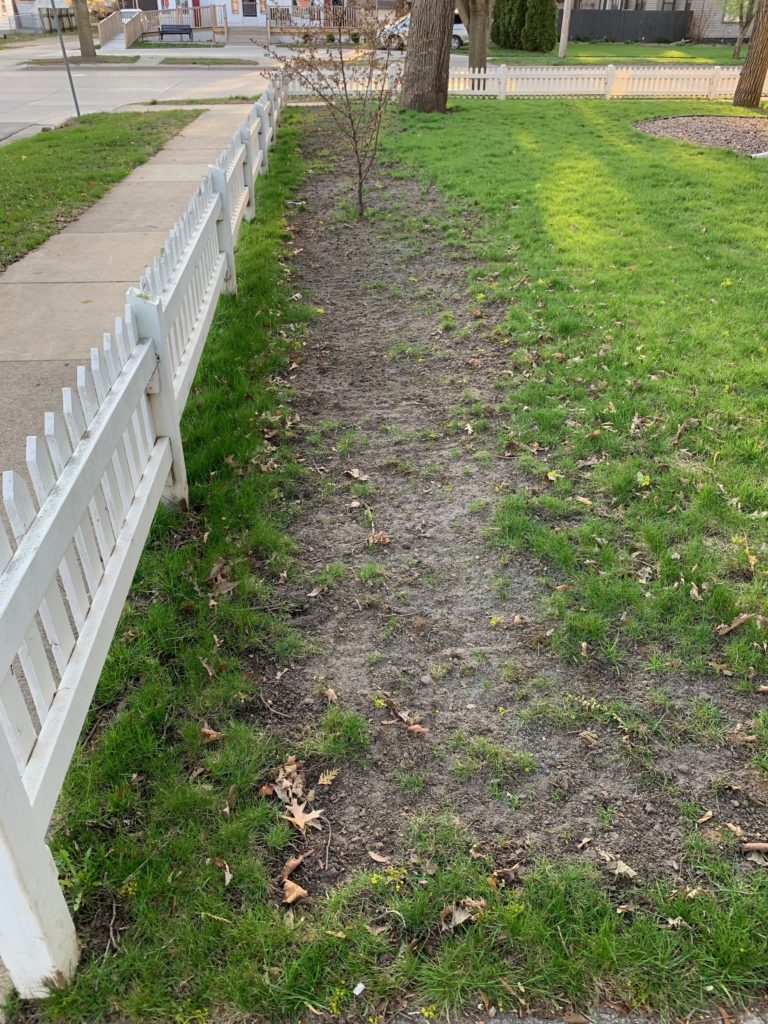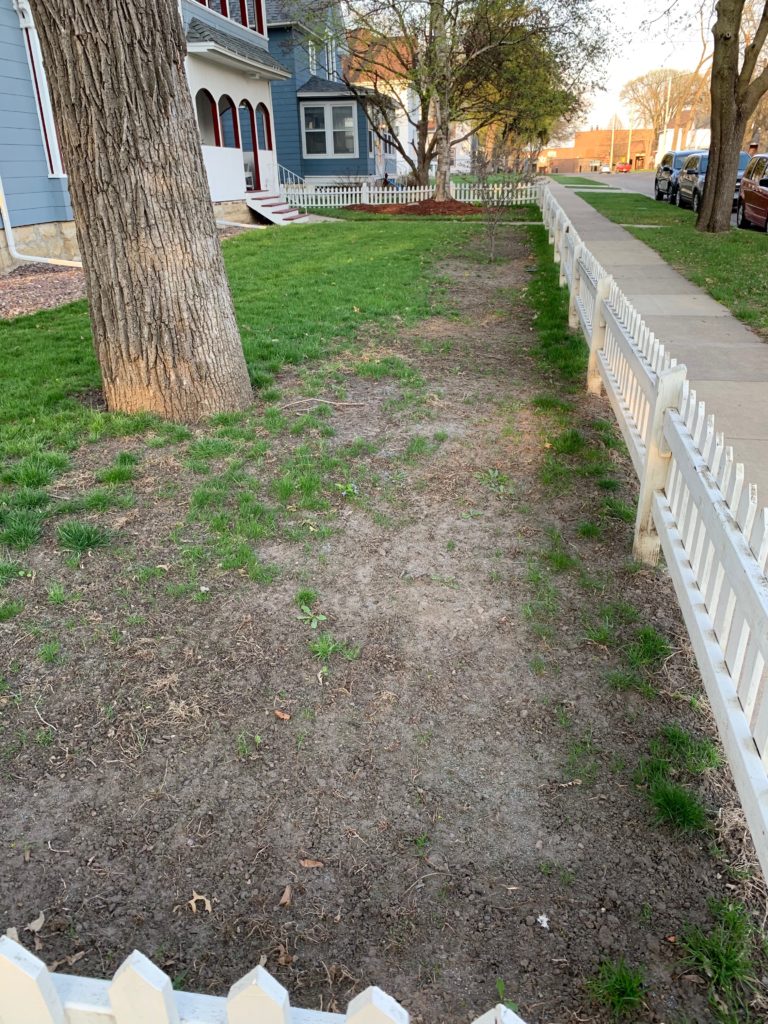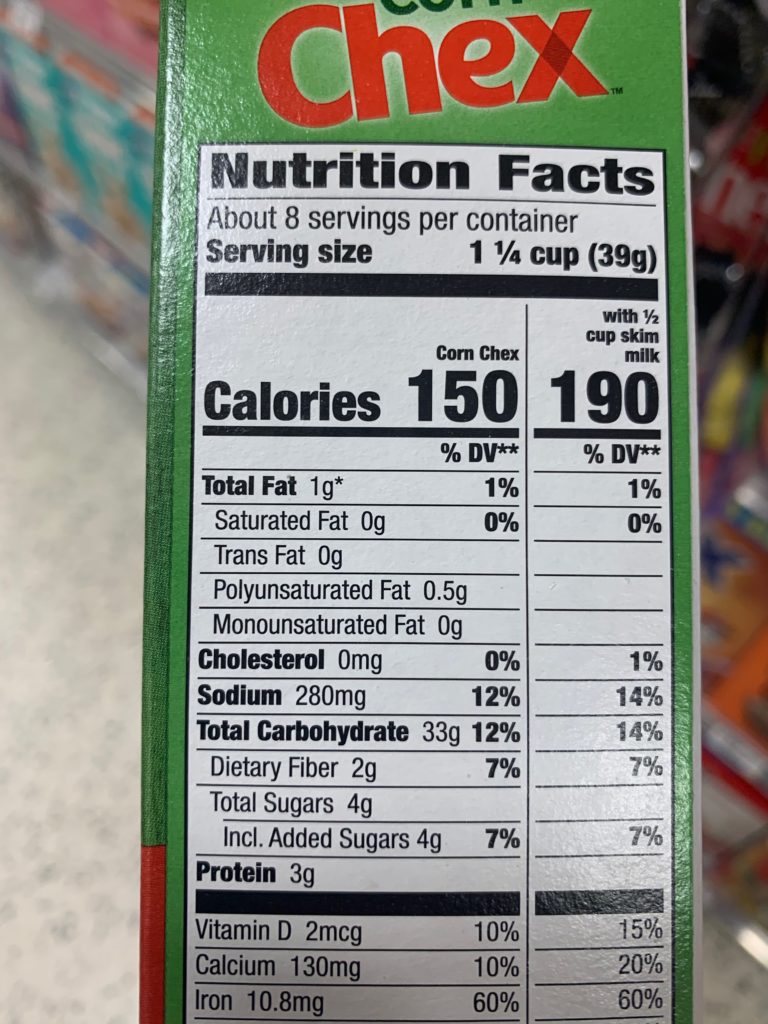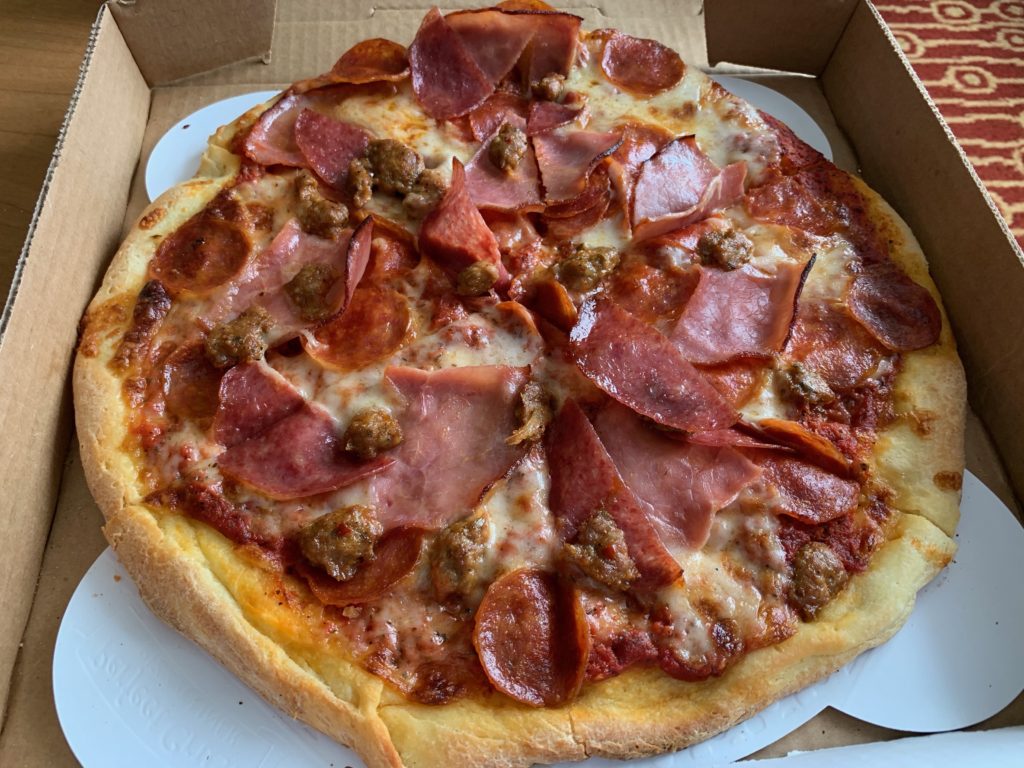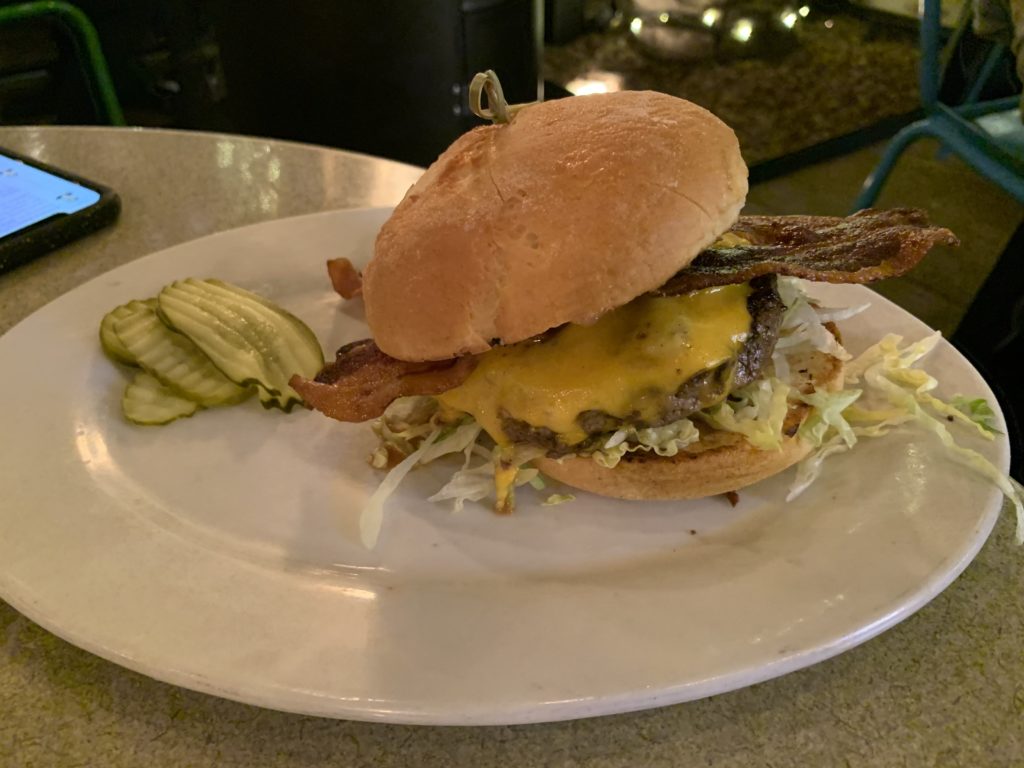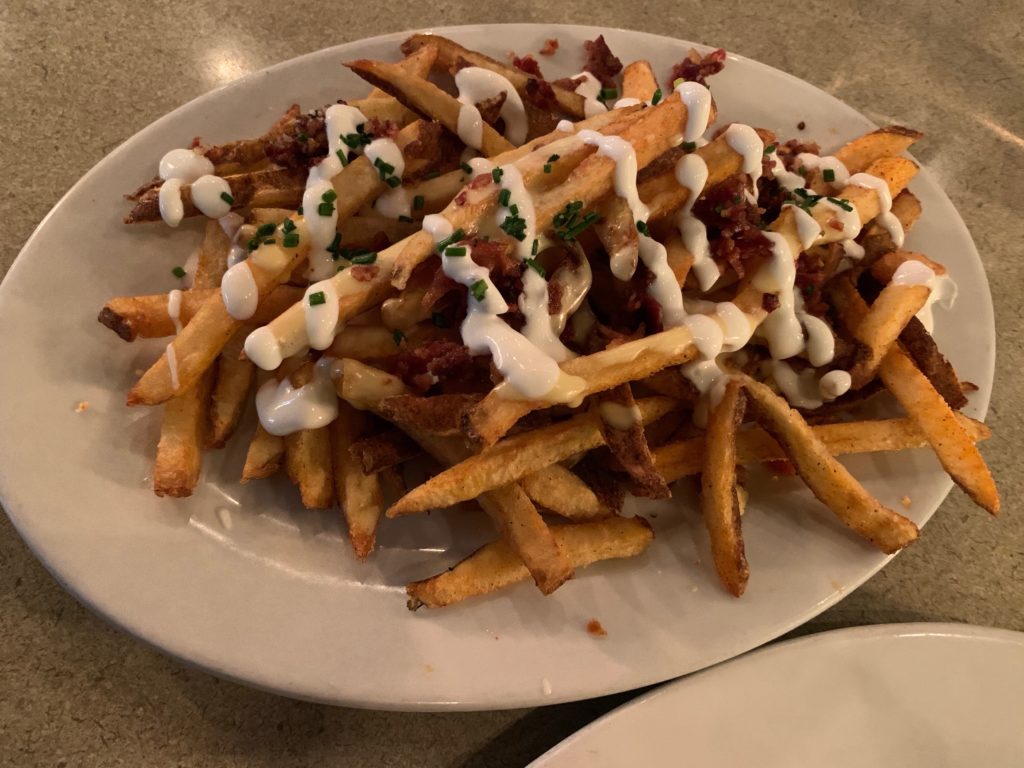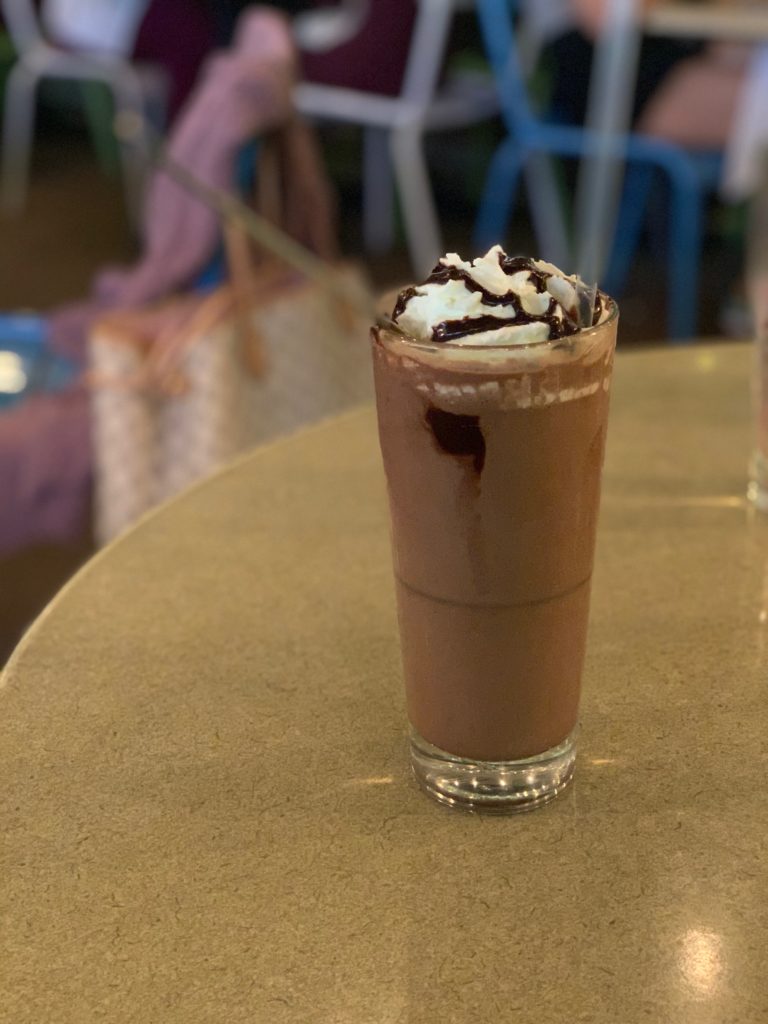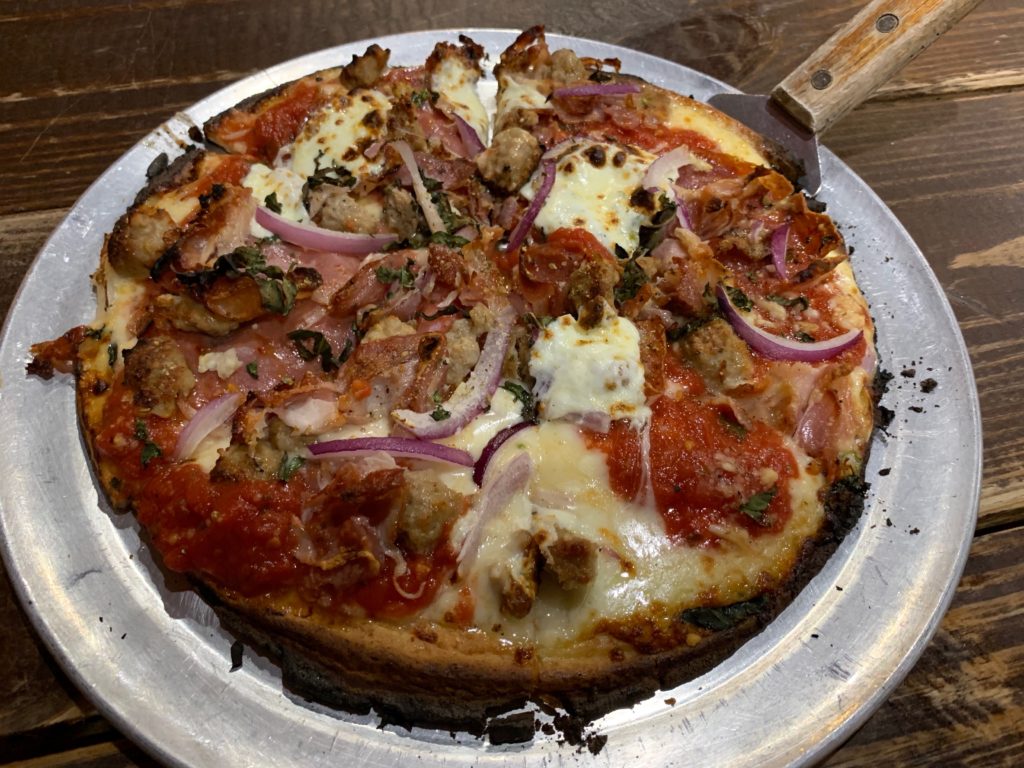One of the keys to health Dr. William Davis emphasizes in Undoctored is using probiotics and prebiotic fiber to cultivate healthy bowel flora.
He says one of the significant sources of our health problems is that the good bacteria are disrupted, sometimes by a course of antibiotics but for other reasons as well, and as a result harmful bacteria can take over.
This is not a fringe idea: I have seen related stories through my work at Mayo Clinic, as highlighted by this Q&A post on fecal transplant to fight Clostridium difficile infection.
You read that correctly: transplanting poop from someone else into a patient with C. diff can help to restore healthy bacterial balance in the large intestine!
It’s kind of like maintaining a healthy lawn. The best way to prevent weeds is to have lots of healthy grass growing, as my before and after from the last 25 days demonstrates:
One challenge we have in cultivating healthy bowel flora (as opposed to a healthy lawn) is that we don’t know exactly what an ideal mix of intestinal microorganisms is. In Undoctored, Dr. Davis discusses isolated tribes such as the Hadza in Tanzania and the Matses in Peru who have not been exposed to antibiotics and industrial chemicals. Although they’re on different continents, their bowel flora are strikingly similar.
But instead of pursuing a Hadza poop transplant, Dr. Davis recommends a six-week course of a probiotic supplement with at least a dozen different strains of bacteria and at least 50 billion colony forming units (CFUs), along with ingestion of probiotic fiber to enable their growth.
Several strains of bacteria have been shown beneficial, and by planting those seeds (just as I did with my grass seeds) and providing probiotic fiber, Dr. Davis says we can alleviate dysbiosis.
Since publishing Undoctored, Dr. Davis has become enthusiastic about significant benefits he has seen from one particular strain called Lactobacillus Reuteri. Here’s a scholarly article from another source highlighting its many benefits. In the video below, Dr. Davis describes several:
Dr. Davis has been writing about L. reuteri on his blog for a little over two years, including how he is making tasty yogurt to add it to his digestive system from the top end instead of the bottom.
I’ve been making this yogurt and Lisa and I have been eating it regularly for about 15 months. At minimum, it’s the best yogurt I’ve ever eaten. I also think it has definitely contributed to the health improvements Lisa and I have seen, including some major weight loss.
When we’re changing many variables, it’s hard to know exactly which changes are responsible for which health improvements, but I think this yogurt has played at least a supportive role.
In my next post I’ll include a video of how I make it, and some of the benefits we’ve experienced.
See the whole series about my health journey. Follow along on Facebook, Twitter and LinkedIn.
